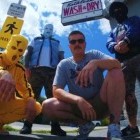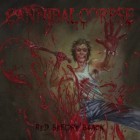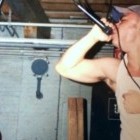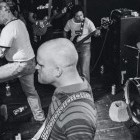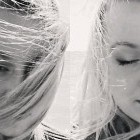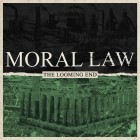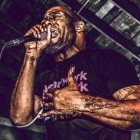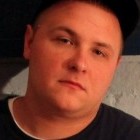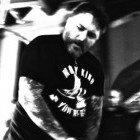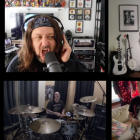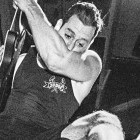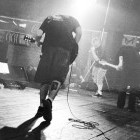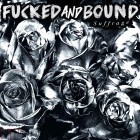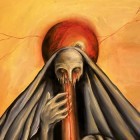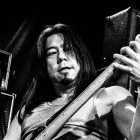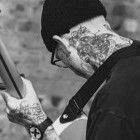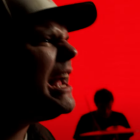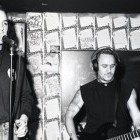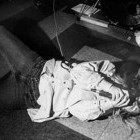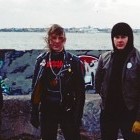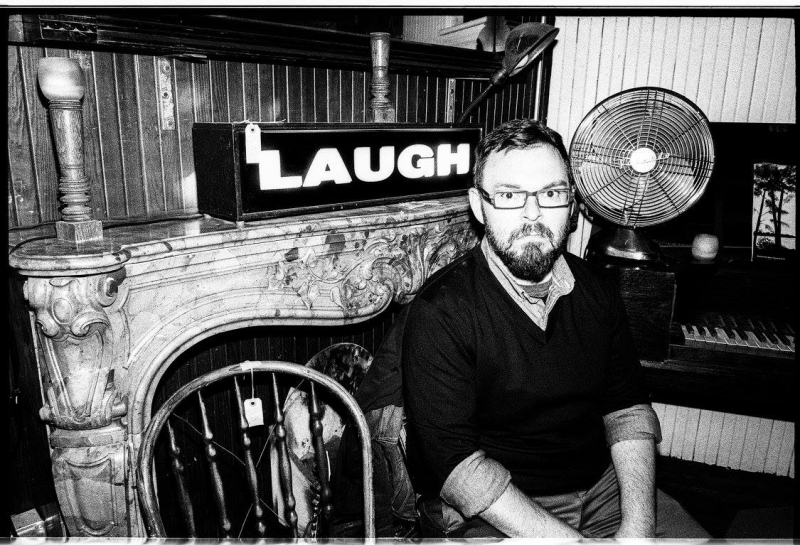
Reid Haithcock is a photographer based in Boston, MA who has been shooting within the punk and hardcore community for the last 15 years. He focuses on making documentary and narrative photo essays and long-term documentary projects about the people and culture of punk and hardcore. Reid is also the co-founder of Bromide Collective, an outlet for documentary photographic stories about music and creative culture. He has a selection of prints available through the Deathwish Inc store.
It turns out that Reid is also the latest artist in my Photographer Spotlight series.
Where were you born and raised, and were your parents into the arts?
I was born near and grew up in Greensboro, NC. It's a cool college town with a solid history of music and shows, but definitely a "make your own fun or be bored to tears" kinda town. My parents were always into music, and were always super supportive of my artistic pursuits, but never had any major art practice of their own.
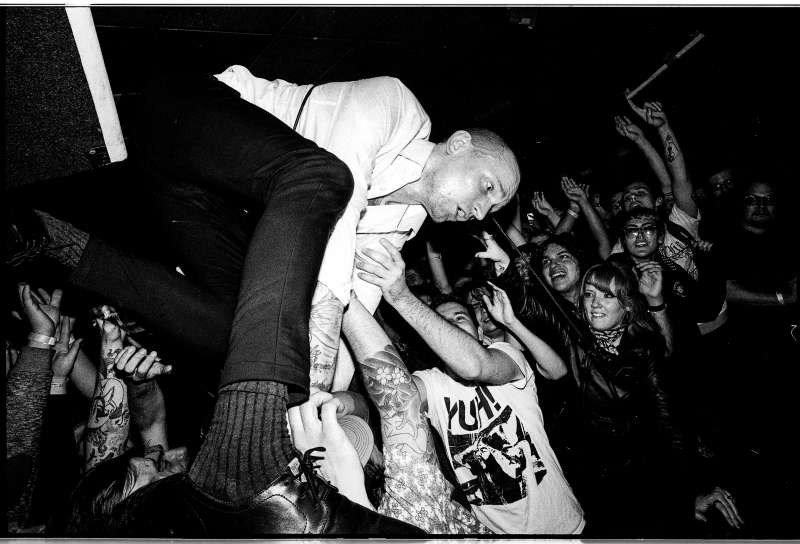
What came first, your love for music, or your love for photography?
Thanks to my parents constantly having music on in the house, it was the love of music. I learned photography basics in high school, to document my drawings and paintings for an AP art review, but it didn't connect. The passion for it came later, in college, as I got my own little digital point and shoot and started shooting friends and shows for fun. It went from there.
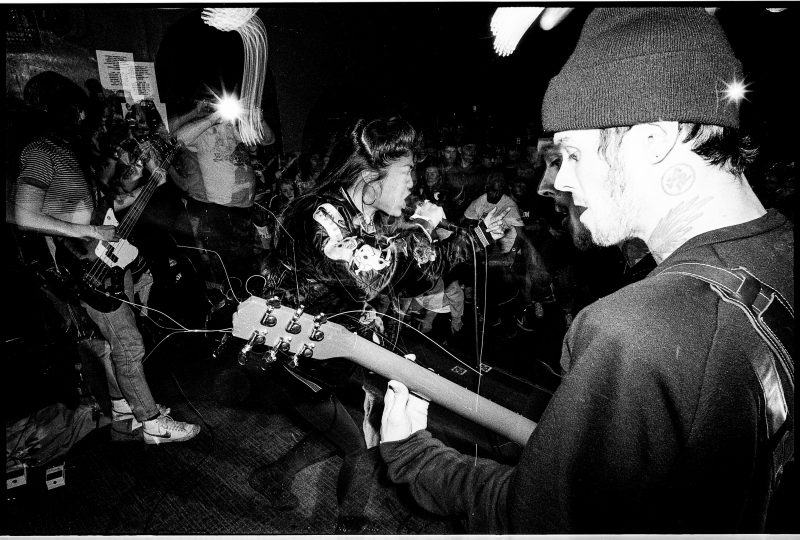
How did you discover hardcore/punk?
I came to it through a weird path. I didn't have any friends who were into hardcore and punk when I was younger, so I put together bits and pieces of what I liked through pre-napster internet searching, 120 Minutes on late night MTV, and liner note references and cover songs. Punk and hardcore-related and adjacent bands like Rage Against the Machine, Tool, grunge bands, and mid-'90s nu-metal all set the stage. Through Tool and searching for similar stuff online I found Neurosis, right as Times of Grace came out. I started going to the local punk and metal record store in Greensboro, BB's Music where you could listen to any CD in the store and started pouring through anything that looked cool or was suggested by the staff of local punk and metalheads.
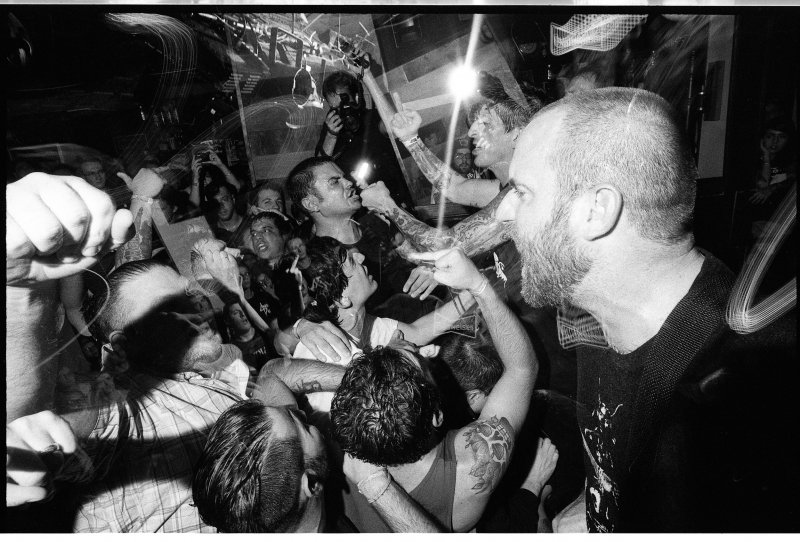
Who were some of the photographers you looked up to during your formative years?
I wasn't super cognizant of photographers during my earlier years of practice, I was more into painters like Francis Bacon, Egon Schiele, Elizabeth Peyton. Once I fell headlong into photography, I was, and still, look at a lot of the Magnum members (Robert Frank, Joseph Koudelka, Trent Parke), Diane Arbus, Francesca Woodman, William Klein, JP Witkin, William Eggleston, David Hilliard, Sally Mann, Mary Ellen Mark, Roger Ballen, and strangely enough, the actor Jeff Bridges who does incredible panorama photos on film sets. Plus skate photographers like Ed Templeton, Ray Barbee, and Arto Saari.
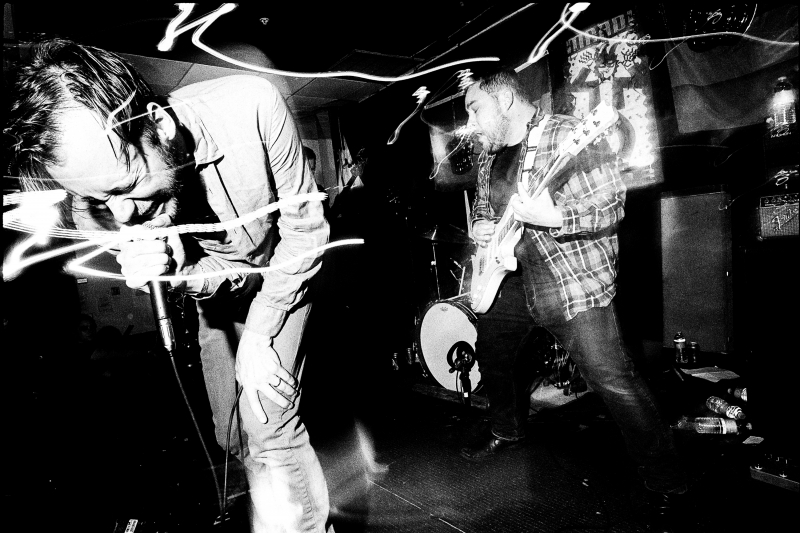
Were there any music-related photographers you followed?
Definitely, and I still follow a lot of them! Here are some favorites: Charles Peterson's grunge-era photos, Dan Winters portraits of actors and musicians, Steve Gullick's portraits of musicians and bands, JJ Gonson's shots of live shows in Boston in the '80s, Anton Corbjin's pretty much everything. And for punk Glen Friedman and Martin Sorrondeguy are legends. Two things I think about all the time are the first time I saw the packaging of the first Converge DVD, with Nathan Baker's photographs so perfectly capturing the insanity of their shows and wanting to make work that did something similar, and an anecdote from an interview with the hip-hop photographer Jonathan Mannion; DJ Quick once said to him "the world sees hip-hop through your eyes." That really resonated with me and why I want to photograph punk and hardcore.
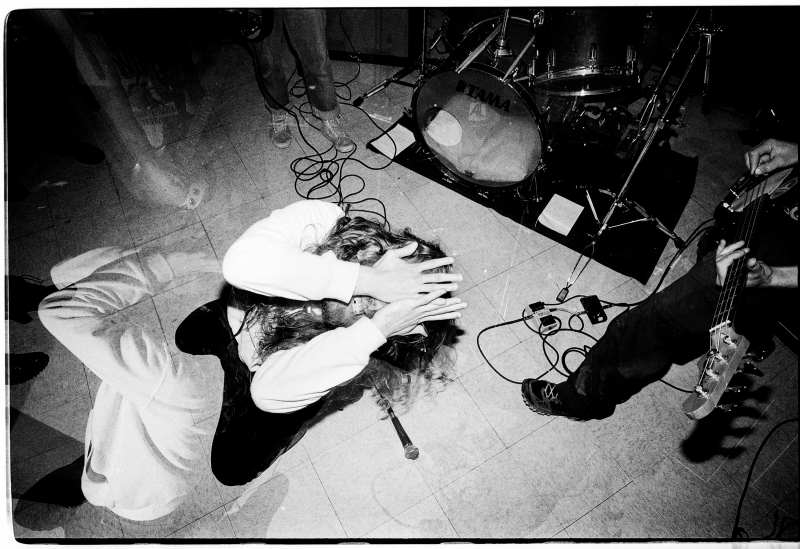
What is your camera and post set up?
My main set up for live punk shows is a Bessa R4M with a 21mm voigtlander and flash on a cable. For bigger shows and studio and tour documentary work I use a Leica M6 with a Zeiss 28mm. For portraits its a Hasselblad 503cx. I shoot HP5 and develop in Xtol and scan the negatives. I do minor adjustments in lightroom and that's about it. I also use a Fuji xpro2 for video and when I absolutely have to shoot digital.
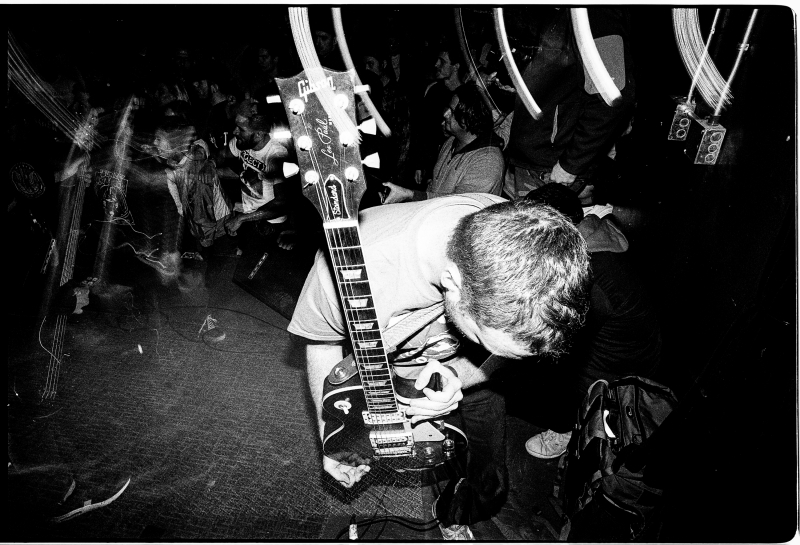
Who are some of your favorite bands to shoot?
Full of Hell, Thou, Converge, Young and in the Way, Nothing, the City of Caterpillar reunion shows were great, Give, Creepoid, Culture Abuse, Mind Eraser were always fun, Dangers, Glory, Modern Life Is War, Turnstile, Angel Du$t, and the recent small club shows that Every Time I Die and Dillinger Escape Plan have played have been wild.
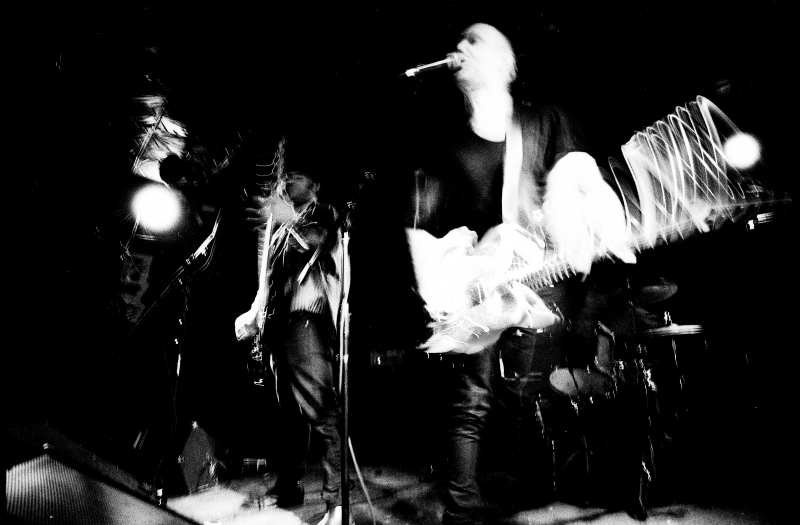
If you could go back in time, who are some bands that you would have loved to shoot?
I've seen lots of bands either before I figured out my approach or in situations where I couldn't shoot them. I wish I'd taken better photos of Breather Resist when I saw them, Baroness when they were playing house shows, I wish I'd made it to the last pg.99 shows in VA in 2003, I wish I had a better camera for the early 2000s Converge shows, Funeral Diner, Cursed, Fall of Efrafa, Back When, Majority Rule, Ink & Dagger, Hoover.
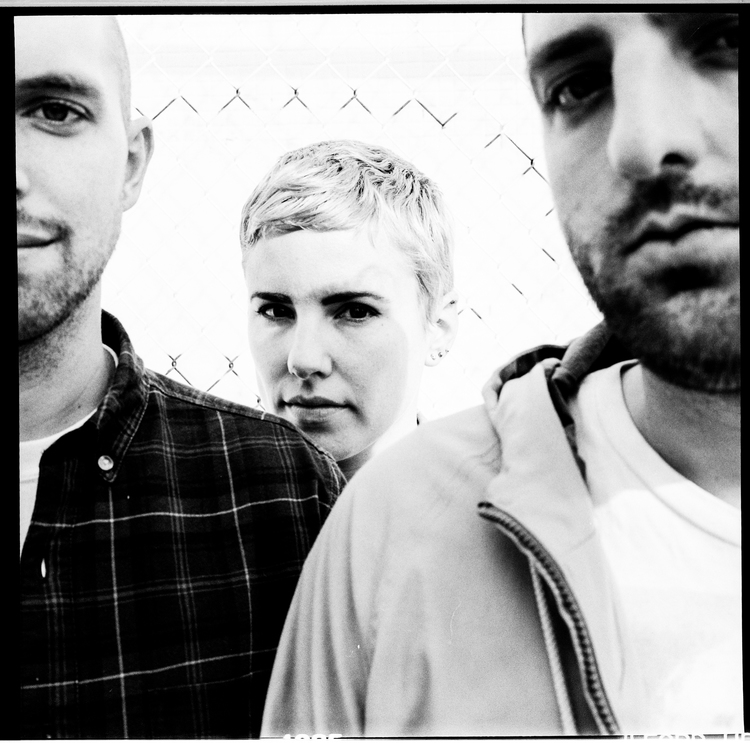
What are the toughest aspects to shooting hardcore/punk shows?
The first thing that comes to mind is not getting hurt/getting gear broken. People are moving fast, instruments are flying around, the spaces are cramped, so things can go awry pretty fast. I've been pushed through walls (Trash Talk show in a trailer home), punched in the nose, hit in the neck with the crook of a Flying V, staged dived on and pinched nerves in my back, cut my head open stage diving, broken glasses, had my flash kicked and blown apart, and more. Luckily I've never had an actual camera get broken, so I've been lucky. Other than that, staying out of the way of the bands and kids (and other photographers) is always a challenge.
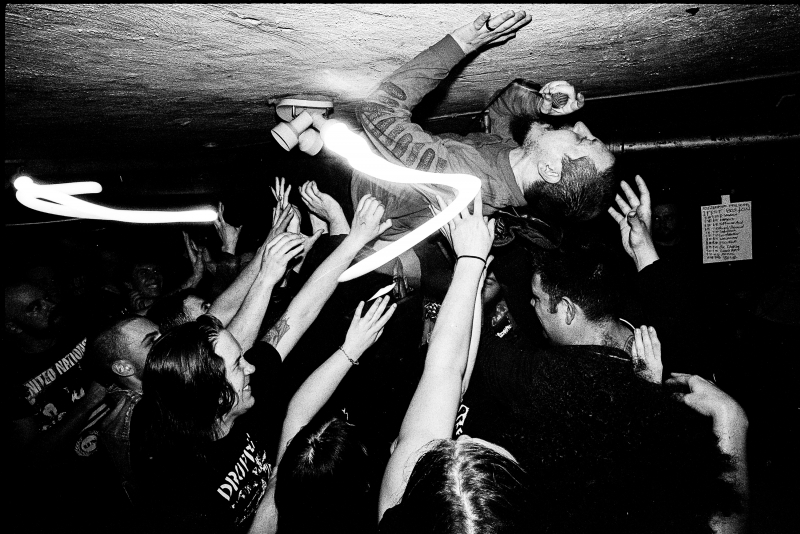
On a more personal level, it's keeping myself challenged and relevant. Punk and hardcore is a fairly self limiting genre, so it gets to a point where things feel very similar, both musically and photographically. There's new bands coming through every month and new kids getting into taking photos at shows. It's a challenge of staying up on new stuff and what resonates and is interesting to photograph and at the same time realizing that I've been shooting shows for 15 years and trying to make space for new photographers while still shooting what I'm interested in.
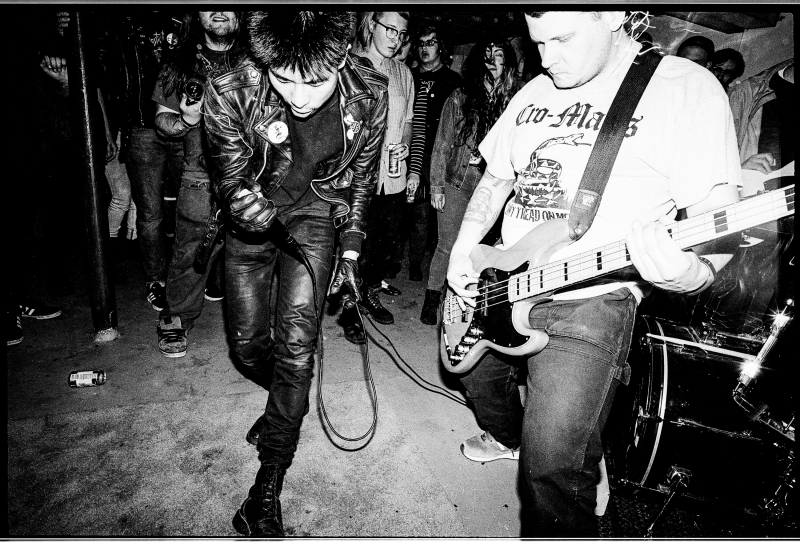
Tell me about some newer bands that we should all be on the lookout for.
Not all of these are new necessarily, but I've been digging them: Couch Slut, Less Art, Buildings, No Faith, Dream Decay, Fell to Low, Bad Breeding, Cloud Rat. I'm always looking for new stuff, but I've been so fucking busy I've fallen behind on new bands, so I'm all ears!
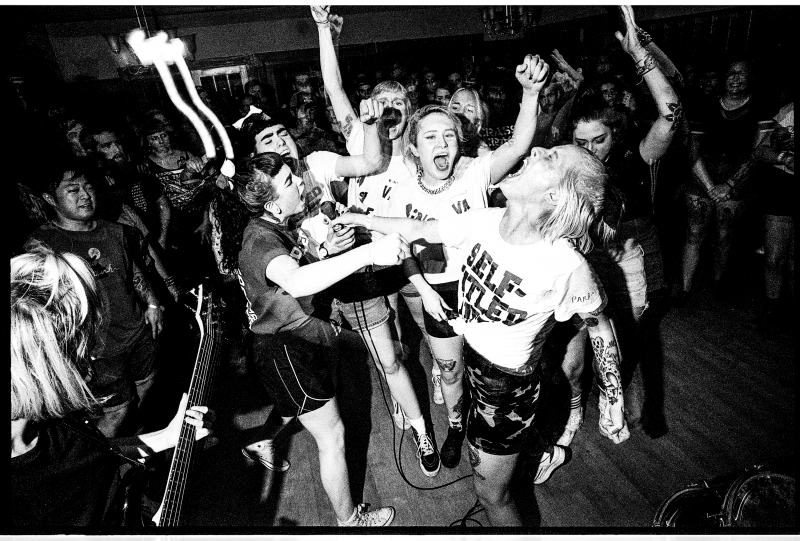
You’ve done work for several record labels throughout the years. How hard is it trying to get the business side of your work going? I know from firsthand experience that labels/bands often expect you to do stuff for free because they think of it as some kind of honor for you to do it. Wack!
What a loaded question! I've built nearly all of the business side of things through establishing relationships with the people who make and release the music I love and want to create photography around. Much of the photography I make falls into the realm of personal-ish work, but feeds into that "I want people to experience hardcore and punk through my photographic vision" idea and that has established a recognizable visual style, which has value both for me and for the bands. It's been the process of building up those relationships and recognizable visual style that has fostered the connections with bands and labels so that they know I can provide a valuable visual element to their output. The main difficulty in that is to keep making work because I want to, and working until I'm making the kind of photography that has value as an artistic component rather than as the service of camera operation.
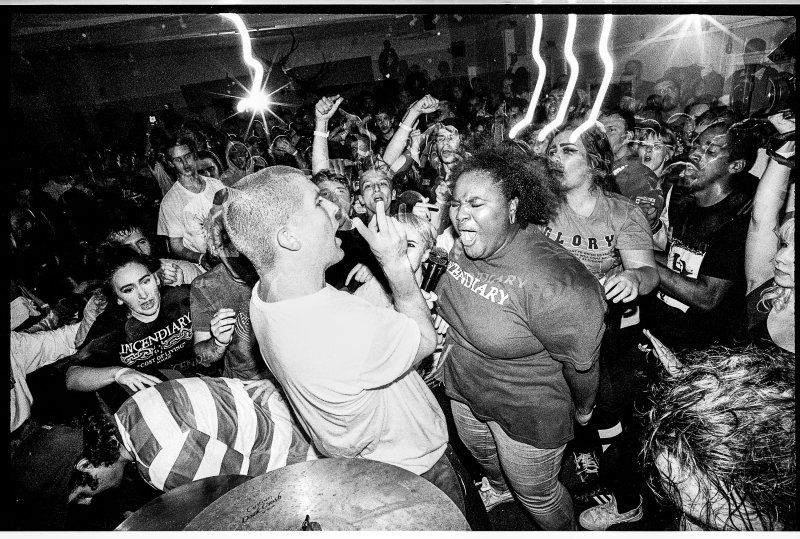
Who are some modern-day photographers that you admire?
I've got to shout out my fellow Boston photographers who have been at it for a long time: Todd Pollock, Dan Gonyea, Angela Owens. All doing great work. Angela is killing it, but I don't envy her level of having-to-deal-with-poseurs-and-biters these days. Chuck Johnson and Daniel White are holding it down hard in North Carolina. Carly Hoskins is holding it down hard across the planet. Danielle Parsons work is great. Mitch Wojcik is a great photographer and excellent "daowgy." Katie Krulock makes some of the only work I'm actively jealous of. Mimi Hong's work is cool as shit. Benny Tate from Self Defense is making really cool work and growing as a photographer and it's rad to watch! And my boys Mark Elmore and Nick Sayers in the UK are both fantastic. Local yokels Dan Eldridge, Jim D., and Nick DiNatale are rad and always down to talk shop about photography at shows.
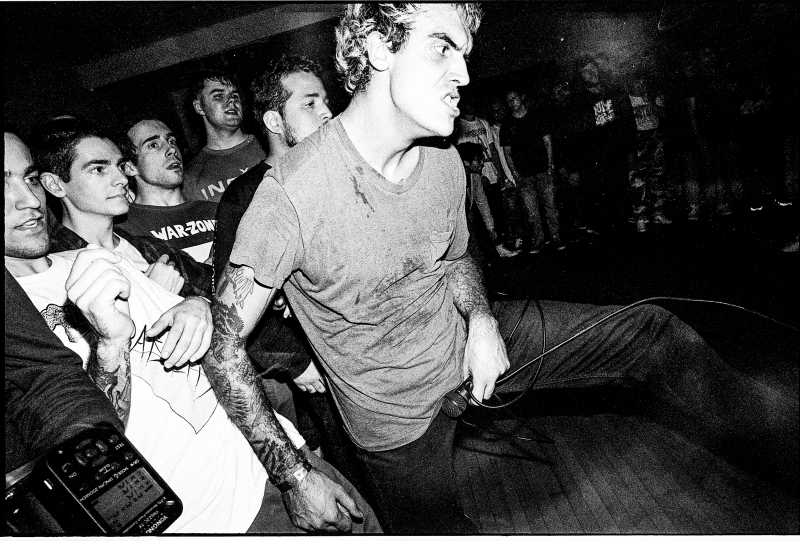
If you had to pick one of your photos that best encapsulates why you love shooting hardcore bands, which one would it by and why?
It would be this photo of Punch. It's everything I love in shooting hardcore: kids interacting with the band, no stage, no barricade, and raw emotion and expression.
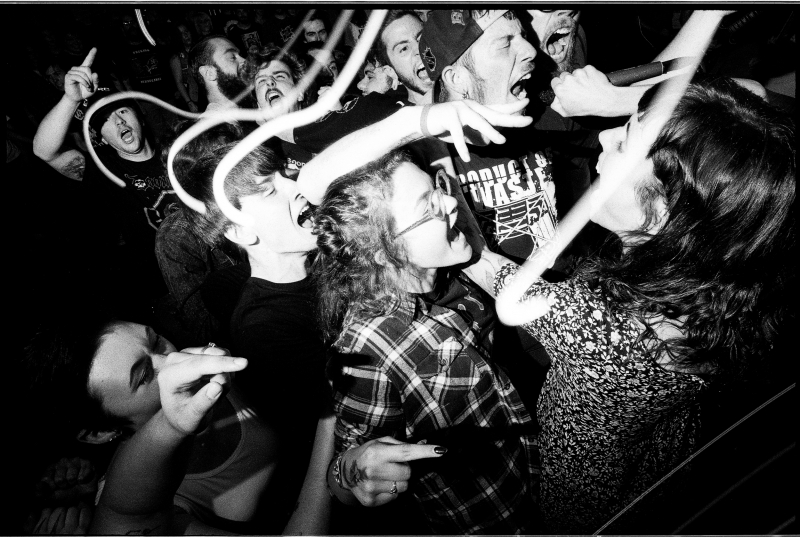
***
Head to Reid Haithcock's official site to see more of his work, and definitely follow him on Instagram.
Tagged: photographer spotlight
